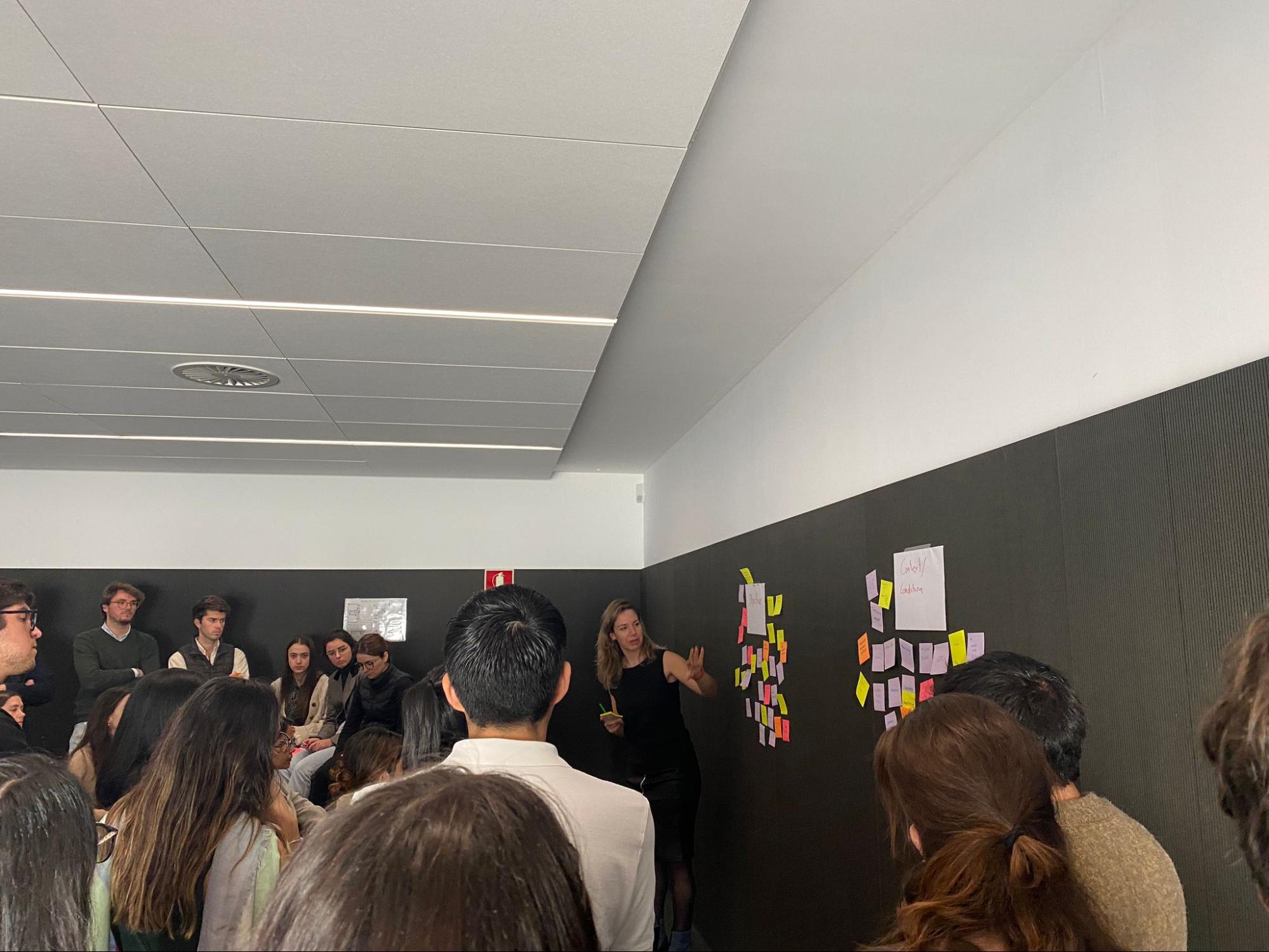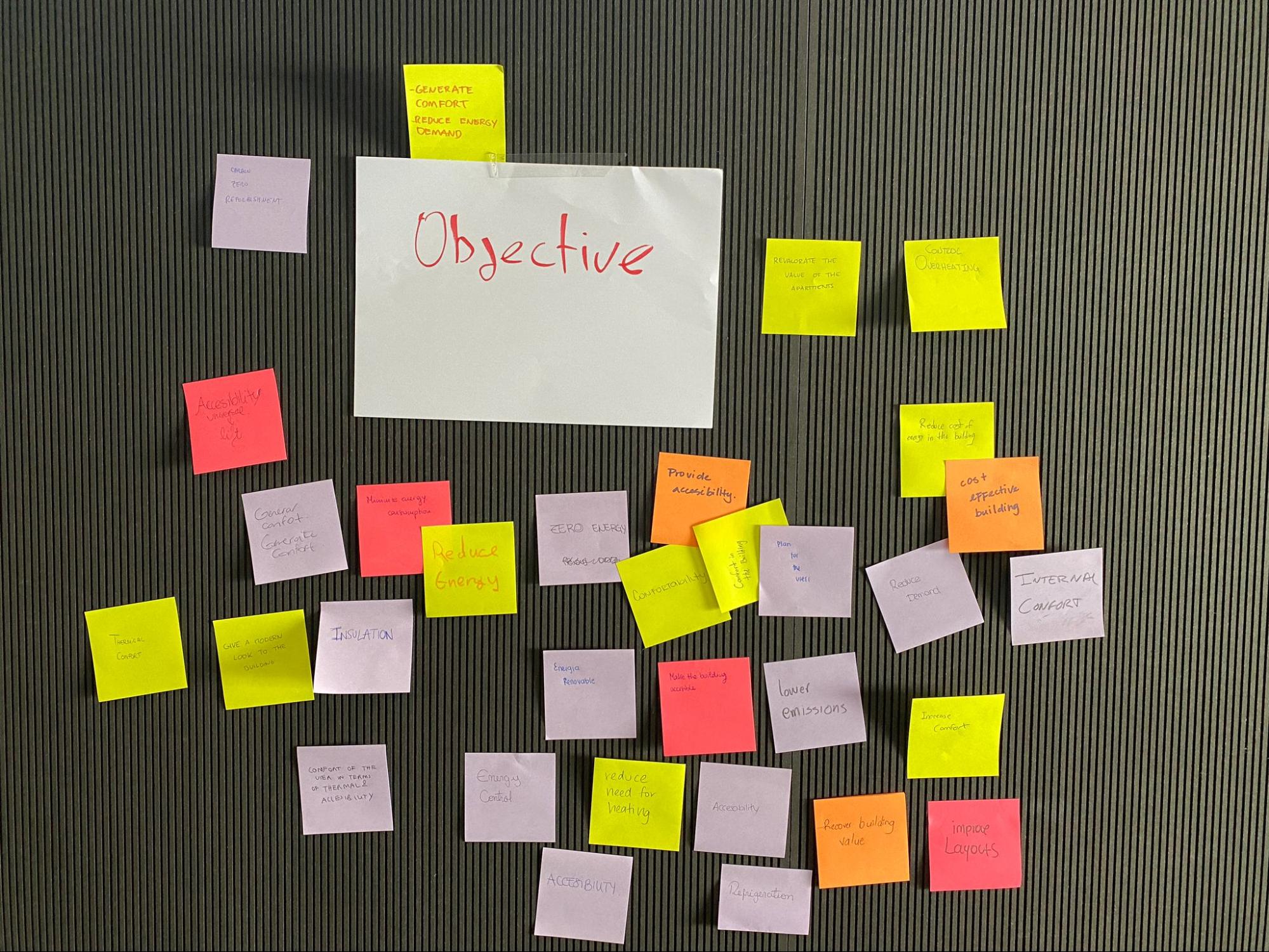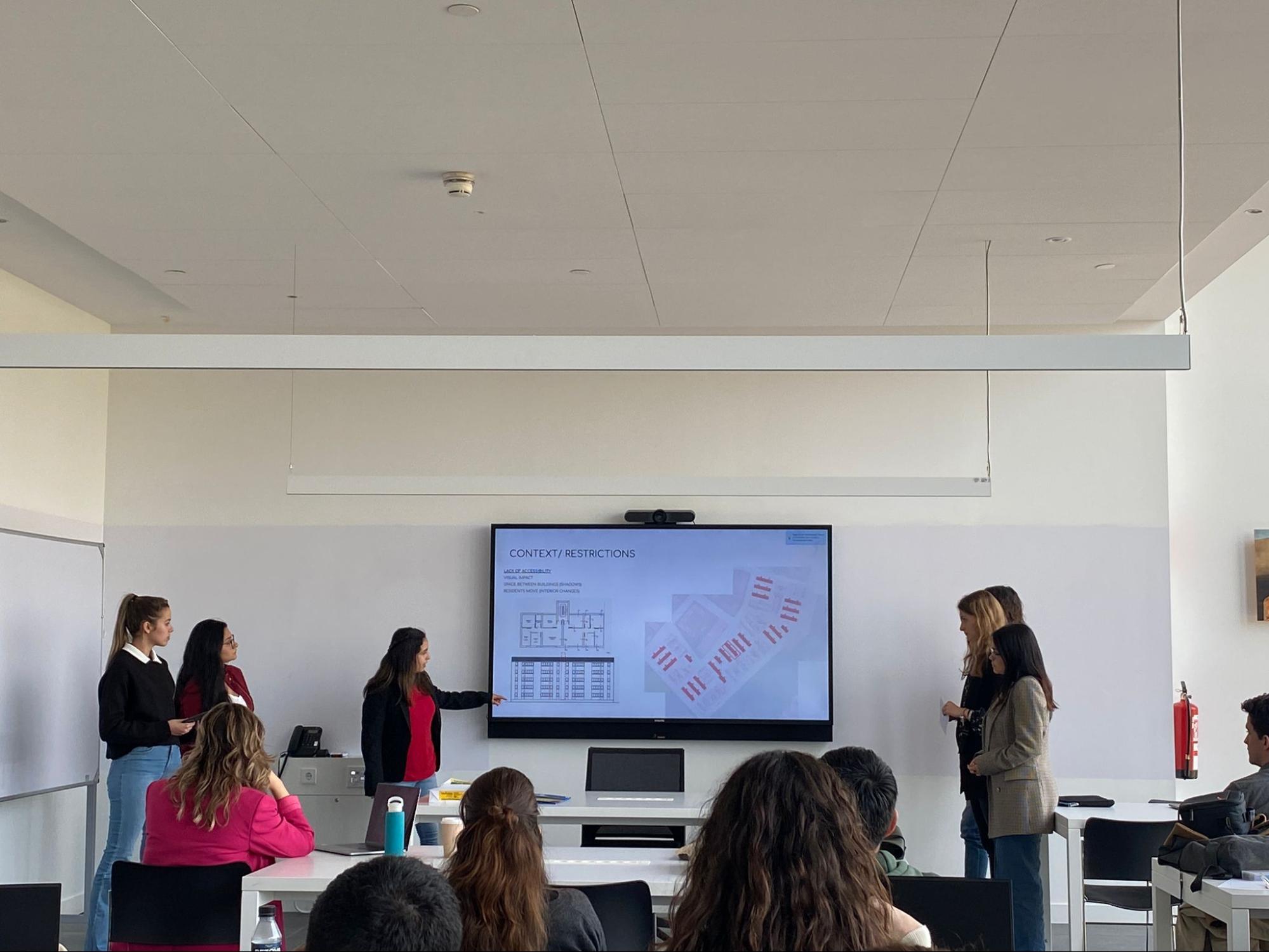"Re-imagining the façade, the process of update and improvement."
February 21, the first day of this workshop, was divided in two: in the morning we had a reading of current practices in façade renovation strategies; and in the afternoon, we did work in groups. In this first part, class was introduced with the following question: why renovate a building?
The building sector is one of the most cost effective sectors for reducing energy consumption, residential and service buildings alone account for 36% of energy consumption in the U.S. There is a clear ambition to retrofit existing buildings, we spend 90% of our time in buildings, the problem now is that buildings are responsible for almost 36% of CO2 emissions and 40% of energy demand in the U.S. Out of 9/10 existing buildings will still be standing and occupied in 2050, the current average renovation rate is only 1% per year. Reducing energy demand in existing buildings by 2050 would save more than 30% of total energy use in the EU (the combined annual energy of Germany and Italy). We continue with the next question: what is a renovation?
Rehabilitation is a process of maintenance and repair of components that are technologically or aesthetically outdated. There are various levels, from small to large interventions ranging from renovation to demolition (the latter being the least common and as a last resort resource). There are several strategies for the renovation of a building envelope and each of them for very different cases, such as replacing, covering, adding on the inside, adding on the outside, and covering. Why focus on the façade? To regulate energy consumption.
With this introduction we went to presentation of the case studies, but first we did an exercise together with all the students. It consisted of pasting notes on three different aspects: environmental, context/condition and goal. Each student wrote on the notes to paste in the aspect they thought was appropriate with the information we received in the morning that day. At the end, Thaleia went through each one and we exchanged notes between aspects. With this exercise we were much clearer about the first stages of defining our objectives. Afterwards, each group met to work on the case study they were assigned to, there were two different ones: one in the Overvecht district, Utrecht in the Netherlands; and another one in the district of Manoteras, Madrid in Spain. At summary, on the first day an analysis of the buildings was made and requirements and possible strategies were defined.
The second day, February 22, began with a brief presentation from each group with initial thoughts on how to approach our case studies and what strategies would be optimal. Thaleia gave us her perspective on the proposed strategies. The day continued with the following readings on circular renovation and industrialization, and the business models and financing of renovations. These topics are of utmost importance, as we were able to understand the benefits of industrialized production and the benefits of prefabricated or modular facades, which offer several options for industrialized renovations, each with its own benefits. This helped us a lot to choose a strategy and material for our workshop exercise. The main thing to analyze when doing this subject of projects are the business models for a renovation, since most of them are financed by governmental or private entities. The optimal choice of materials and business model is essential for these projects to be realized and to continue to be replicated en masse. We learned about business model archetypes and second skin as an energy contract.
The second part of the day continued with work on group and readings to complement the project. In the afternoon, all the teams met to do the presentation with a jury formed by Thaleia Konstantinou, Ana Sánchez-Ostiz and Aurora Monge. Each team presented their proposals and received critiques from each member of the jury, who analyzed our strategies. As a conclusion of the Building envelope renovation workshop, we are left with this quotation from Thaleia Konstantinou: "Remodeling is part of the life cycle of a building and will eventually take place, but the challenge is to make the most of the process".


